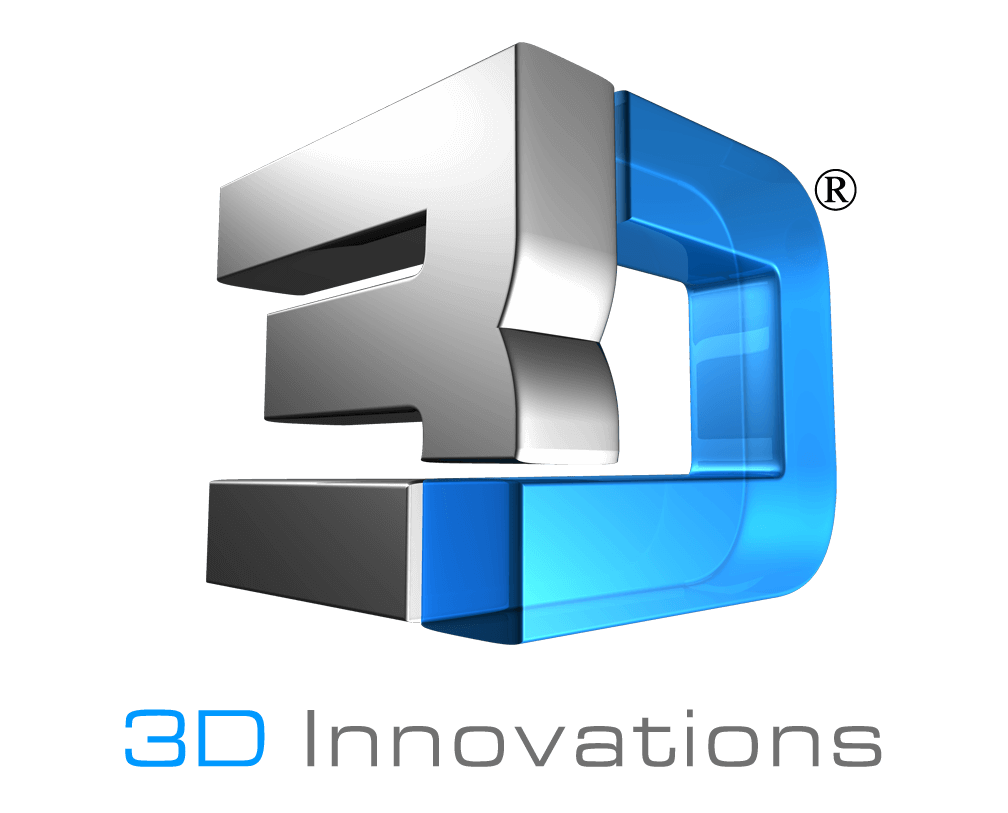Since additive manufacturing (AM) made its debut, the technology has really advanced–including expanding into the realm of mold making. The AM market is exponentially growing, according to the Wohlers Report 2012. “The compound annual growth rate (CAGR) of additive manufacturing was 29.4% in 2011, according to the new report. The CAGR for the industry’s 24-year history is 26.4%. The AM industry is expected to continue strong double-digit growth over the next several years. By 2015, Wohlers Associates believes that the sale of AM products and services will reach $3.7 billion worldwide, and by 2019, surpass the $6.5 billion mark (Wohlers Associates).”
Desktop Engineering recently published an article Comparing Additive and Subtractive Processes. This article highlights the advancements in AM and the transition within the industry — AM becoming the process of choice when it comes to prototyping and manufacturing. There is still room for improvement (like with anything) but the manufacturing flexibility AM provides is propelling it to the front of the line.
Additive Manufacturing (AM) offers solutions that were previously impossible or costly to achieve. With the flexibility of the AM process, designers and manufacturers can produce parts as prototypes, jigs/fixtures for tooling, and even low volume production for end use parts. The growing amount of materials that can be used for the AM process continue to make it more appealing to manufactures as well.
Compared to the Injection Molding or CNC processes, AM can often be the process of choice when cost is the primary factor. It is often selected over the Injection Molding process for low volume production. This process can save the end user hundreds or thousands of dollars depending on the complexity of the design.
In addition to cost benefits, Additive Manufacturing utilizes less material and produces less waste compared to the Subtractive Manufacturing process such as CNC. With the multitude of material choices now available, AM is becoming the process of choice when it comes to prototyping and manufacturing.
We agree with Susan Smith’s conclusion, “The quick turnaround, geometry, affordability, automation and lack of waste are key criteria to why people choose an AM process over CNC for making prototypes and molds.”
Please share your comments with us here!
Have questions about this article or how 3D Innovations can help your business? Please e-mail info@3d-innovations.com.

